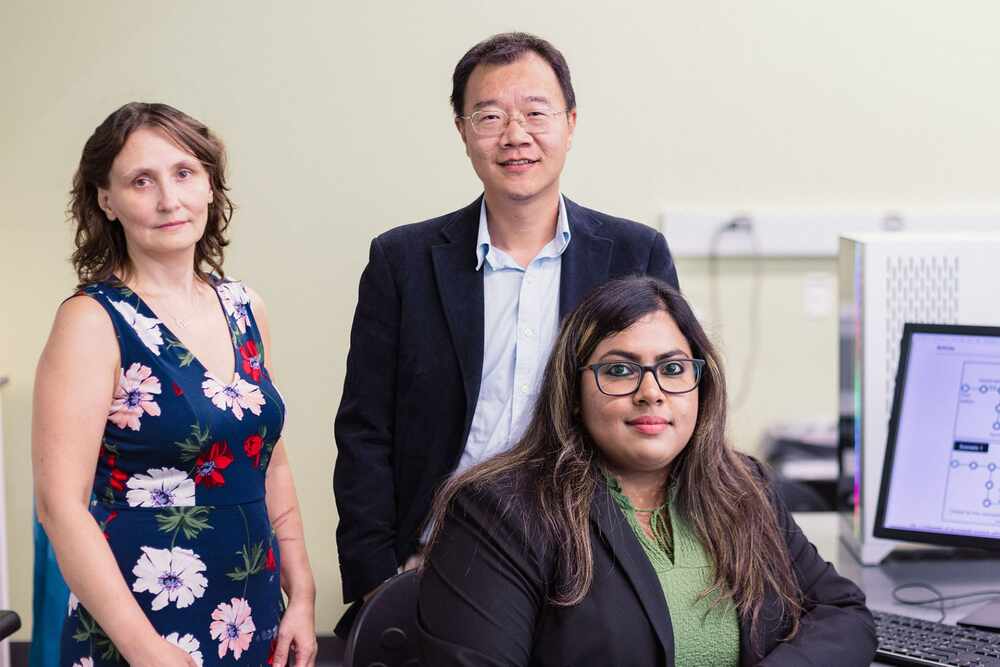THE LATEST
Researchers engineer AI path to prevent power outages

The University of Texas at Dallas researchers have revealed an artificial intelligence (AI) model that could revolutionize the prevention of power outages in electrical grids. Collaborating with engineers from the University at Buffalo in New York, the team demonstrated their innovative automated system, which could detect and repair issues such as storm-damaged power lines without any human intervention.
This cutting-edge solution exemplifies the potential of "self-healing grid" technology. By utilizing AI algorithms, the model can swiftly reroute electricity in a matter of milliseconds, ensuring minimal disruption to power supply. In contrast, current methods that rely on human control can take anywhere from minutes to hours to determine alternative routes.
Dr. Jie Zhang, associate professor of mechanical engineering at the Erik Jonsson School of Engineering and Computer Science, outlined the team's objective, stating, "Our goal is to find the optimal path to send power to the majority of users as quickly as possible." While acknowledging that further research is required before implementing the system, Zhang's enthusiasm was palpable.
Highlighting the complexity of the North American grid, with its vast network of transmission and distribution lines, generation facilities, and transformers, the researchers successfully demonstrated that their AI solution is capable of identifying alternative routes to transfer electricity, preempting outages. The use of machine learning applied to graphs allowed the team to map the intricate relationships between system components, enabling faster decision-making in real time.
Dr. Yulia Gel, professor of mathematical sciences in the School of Natural Sciences and Mathematics, emphasized the potential applications of this interdisciplinary approach beyond power distribution networks. She stated, "Network topology also may play a critical role in applying AI to solve problems in other complex systems, such as critical infrastructure and ecosystems."
Reinforcement learning formed a key aspect of the researchers' approach, with Dr. Souma Chowdhury, associate professor of mechanical and aerospace engineering at the University at Buffalo, leading the efforts in this area. This technique empowered the model to make optimal decisions towards maximizing results. For instance, if a fault occurs and electricity is blocked through a particular line, the system can swiftly reconfigure using switches and draw power from available sources nearby, such as solar panels or batteries.
Excitingly, the researchers are not stopping at preventing outages. They also plan to pursue the development of similar technology to repair and restore the grid after a power disruption. With support from the U.S. Office of Naval Research and the National Science Foundation, their groundbreaking work promises to transform how electrical grids are managed, ensuring reliable and efficient power supply for consumers.
This remarkable breakthrough in AI-driven power grid management not only inspires hope for a future with fewer power outages but also signifies a pivotal step towards more resilient and self-reliant infrastructures. With further research and development, a new era of automated and self-healing grids may become a tangible reality, redefining the way we think about electricity distribution.
